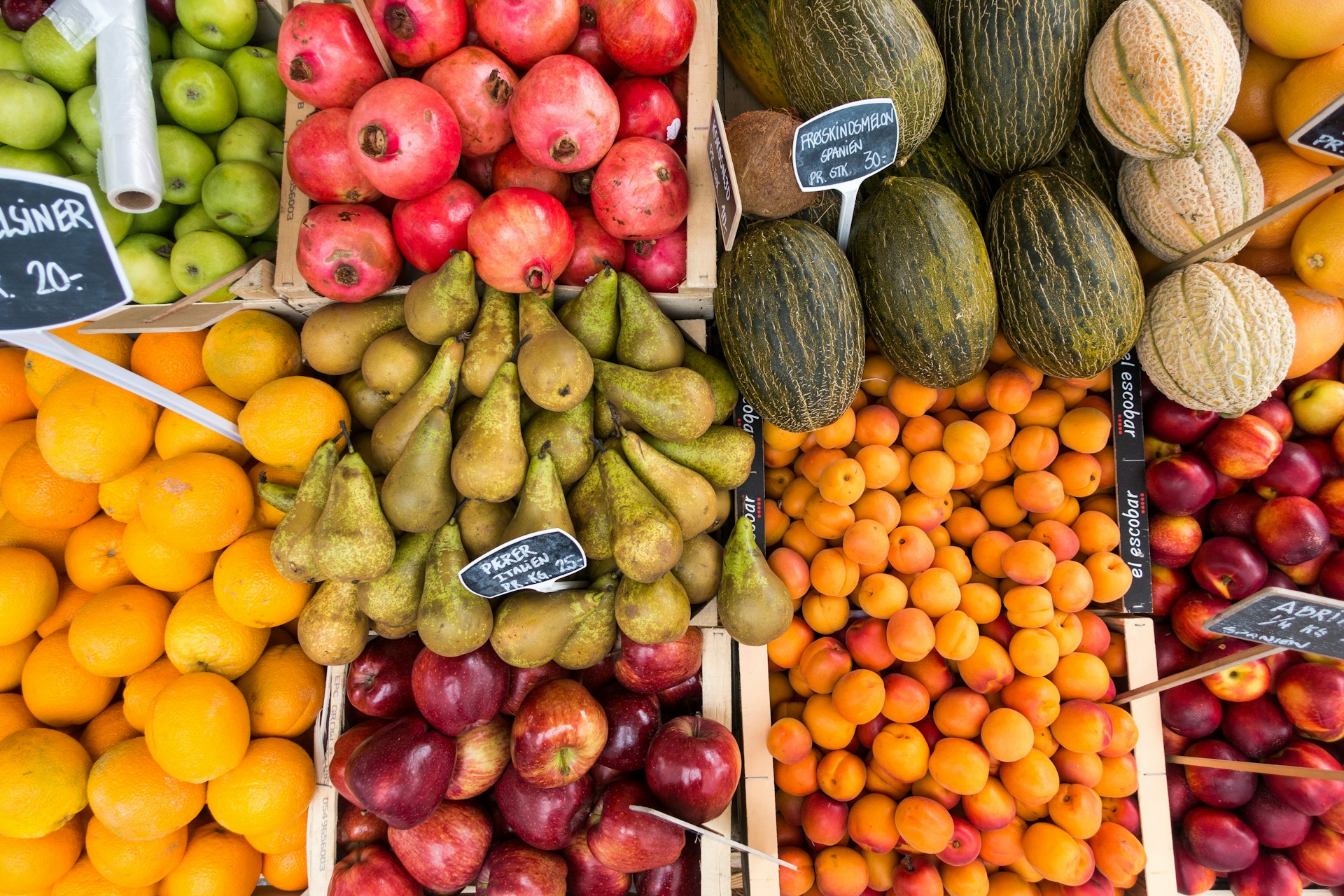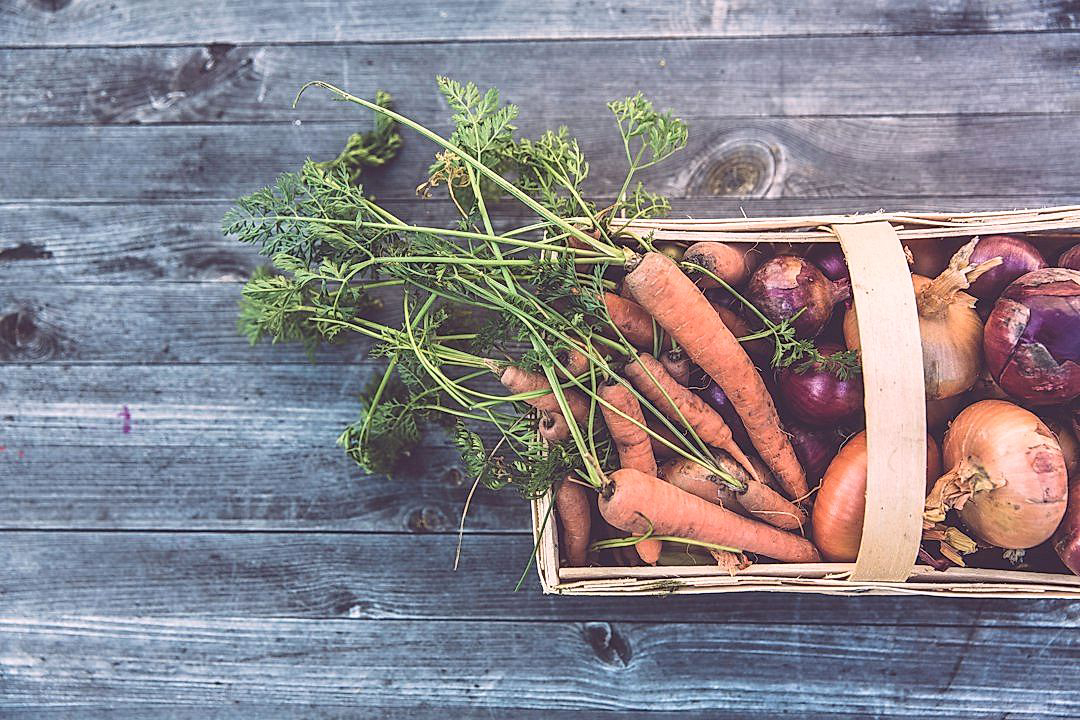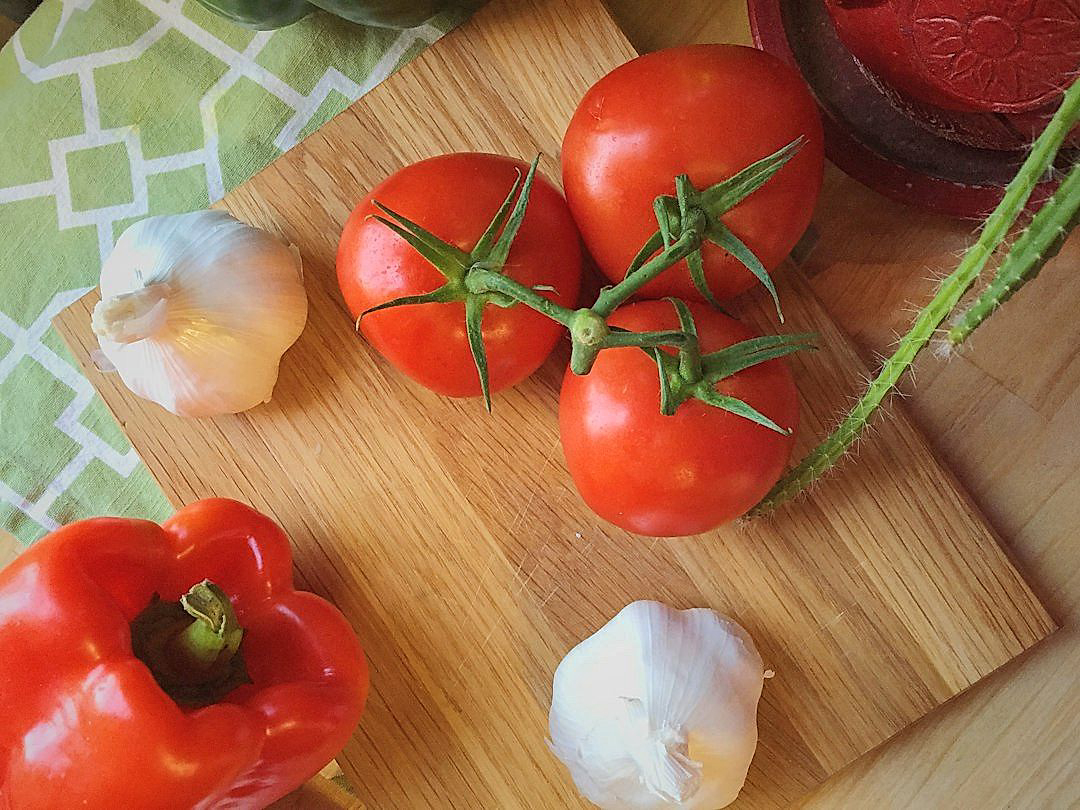Sound knowledge of regulatory changes is critical for anyone involved in the food production sector.
Particularly, in the produce packaging industry, businesses must stay abreast of the transformations.
The recent amendments introduced have potential impacts that may influence not only the way goods are packaged, but also predetermined budget allocations.
Ignorance, in this context, can result in noncompliance, triggering hefty fines or even business closure.
To ensure that readers are informed and equipped with the latest knowledge, this blog post aims to navigate through these recent changes.
Thus, resulting in the potential to enhance the overall efficiency of your packaging operations while ensuring regulatory compliance.
Contents
Recent Regulatory Changes Affecting Produce Packaging
1. FDA tightened traceability rules for fresh produce
The FDA has taken a significant step towards ensuring the traceability of fresh produce.
This is in a bid to strengthen food safety regulations and protect consumers against foodborne illnesses.
New rules have been put in place to require producers and suppliers to keep detailed records of their produce.
This is to ensure that in the event of contamination, the source can be swiftly identified and contained.
These new traceability rules for fresh produce are more comprehensive and detailed than any previous regulations.
These rules are not just about record keeping but emphasize the importance of transparency in the food supply chain.
Sources of produce must now be easily traceable from farm to table.
The responsibility is now on fresh produce suppliers and processors to accurately track and document product information.
Not adhering to the new FDA rules can result in severe penalties and fines for suppliers in the industry.
This move by the FDA shows the increasing importance being placed on accountability in the food supply chain.
Consumers are now demanding more transparency and responsibility from food suppliers.
As a result, quality control has become a top priority in the produce packaging industry.
The FDA is committed to creating a safer, more reliable food industry, and these new regulations are a step towards achieving that goal.
This signals a shift in focus towards preventing outbreaks of foodborne illnesses rather than responding to them.
While these new regulations may present an initial challenge to suppliers, the overarching aim is to protect the health and safety of consumers everywhere.
Traceability in the food industry is not a new concept, but the modernisation and tightening of these rules by the FDA has put it back in the spotlight.
Compliance is no longer an optional extra, but a compulsory requirement.
By tightening traceability rules for fresh produce, the FDA has both challenged and empowered the produce packaging industry to raise their standards in the name of consumer safety.
2. EU banned certain single-use plastic packaging.
The European Union has recently implemented harsher legislation on the use of single-use plastic packaging.
This is part of a widening comprehensive strategy aimed at reducing the amount of plastic pollution in the environment.
A large component of this strategy has been the outright ban on certain types of single-use plastic items, particularly those for which there are suitable non-plastic alternatives available.
This environmentally-friendly legislative move is intended to significantly reduce the amount of plastic waste ending up in Europe’s seas, oceans, and landscapes.
As a result, companies involved in producing and manufacturing food, including fresh produce, have to adapt and reconsider their packaging solutions.
The bans target disposable plastic products such as straws, cutlery, plates, balloon sticks, and cotton bud sticks.
Furthermore, all products manufactured from oxo-degradable plastics are also included in the ban.
Member states of the EU are required to reduce the use of plastic cups for beverages and food containers for immediate consumption.
This initiative also requires member states to put in place waste management and clean-up systems for these items.
The EU hopes this initiative will encourage businesses to switch to more sustainable alternatives for product packaging.
However, this has considerably impacted the way fresh produce is packaged and sold across the EU.
Growers, distributors, and retailers of fresh produce are facing the challenge to redesign their packaging methods to comply with these new regulations.
It’s likely to result in a significant increase in the use of biodegradable and other non-plastic materials for produce packaging.
This regulation change does not only affect Europe, but also producers from outside the EU who export their products into the European market.
It sets a new standard in the world, pushing for cleaner, more responsible packaging options in the fresh produce industry.
3. California Implemented Stricter Packaging Recycling Regulations
Recent times have seen California take significant strides in implementing stricter regulations around packaging recycling.
As one of the most environmentally progressive states in the U.S., California has been leading the way in implementing green initiatives focused on reducing the environmental impact of packaging.
These regulatory changes have been designed largely to increase the responsibility of manufacturers, distributors, and importers in the management of packaging waste.
One such initiative is the CalRecycle’s mandatory commercial recycling law that demands businesses generating 4 cubic yards or more of commercial solid waste per week, recycle their waste.
Importantly, the state has focused on making packaging recycling a shared responsibility, with obligations for not just manufacturers but also retailers and consumers.
Retailers are now obligated to provide easy-to-use recycling facilities, ensuring simpler recycling practices for consumers.
At the same time, consumers are being educated about the importance of recycling their packaging waste, reinforcing the ‘reduce, reuse, recycle’ concept.
What’s more, these new regulations incentivize manufacturers to design and use recyclable or compostable packaging materials to reduce the amount of waste generated and help transition to a circular economy.
An industry-specific regulation in California targeting plastic packaging specifically stipulates that plastic packaging sold or distributed in the state must be readily ‘source-reduced’, recyclable, or compostable by 2030.
Further, the state is set to impose fees on producers of packaging that’s not recyclable or compostable, starting in 2024.
Additionally, California is also the first in the U.S. to launch a program that requires stewardship organisations to reclaim a certain percentage of plastic packaging.
This stewardship program, known as the California Circular Economy and Pollution Reduction Act, aims to reshape the existing consumption and disposal habits to achieve greater sustainability.
Clearly, these new packaging recycling regulations in California are intended to significantly reduce the environmental impact of packaging waste.
By shifting responsibility along the supply chain, California hopes to influence positive change in packaging design and recycling practices.
The outcome of these regulations will have an impact on other states and countries observing California’s progressive recycling laws.
The Bottom Line
Environmental regulations are progressively adapting to confront the challenges posed by climate change, consumer safety, and excessive plastic waste.
FDA’s stricter traceability rules for fresh produce enhance food safety measures.
Moreover, the EU’s ban on certain single-use plastic packaging underlines the urgent need to curb plastic pollution.
In the United States, California’s stringent packaging recycling regulations demonstrate a dedicated effort to prioritize sustainability and reduce waste.
These measures collectively spotlight the global impetus to usher in an era of more sustainable and responsible consumption.




